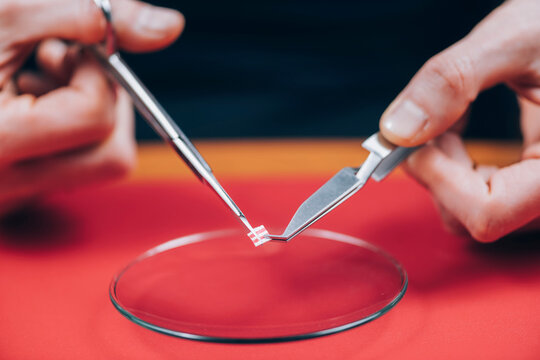
The History of LSD: From Albert Hofmann to the CIA’s MK-Ultra
Lysergic acid diethylamide (LSD) is one of the most famous and controversial psychedelic substances in modern history. Its journey from a laboratory accident in Switzerland to a central role in U.S. government experiments reflects the complex interplay between science, culture, and politics.
LSD was first synthesized in 1938 by Swiss chemist Albert Hofmann at the Sandoz Laboratories in Basel. Hofmann was studying derivatives of ergot, a fungus that grows on rye, in search of potential circulatory and respiratory stimulants. At first, LSD-25 appeared pharmacologically unremarkable and was shelved for several years. However, in 1943, Hofmann decided to revisit the compound. While working with it, he accidentally absorbed a small amount through his skin and experienced the world’s first LSD trip—a sudden onset of vivid imagery, altered perception, and intensified emotions.
Fascinated by this unexpected discovery, Hofmann intentionally ingested 250 micrograms on April 19, 1943, an event now celebrated by psychedelic enthusiasts as “Bicycle Day” because Hofmann famously rode his bicycle home during the peak of the experience. His self-experimentation revealed LSD’s profound psychoactive properties, sparking scientific curiosity across Europe and the United States.
In the 1950s, Sandoz began distributing LSD under the trade name Delysid, encouraging psychiatrists and researchers to explore its therapeutic potential. Early studies suggested that LSD could help treat alcoholism, depression, and anxiety, as well as enhance creativity and facilitate psychotherapy. Psychiatrists like Humphry Osmond and researchers such as Timothy Leary became prominent advocates for its potential benefits.
However, the U.S. government also took an interest in LSD—albeit for very different reasons. During the Cold War, the Central Intelligence Agency (CIA) launched Project MK-Ultra, a secret program investigating mind control, interrogation, and psychological manipulation techniques. Starting in the early 1950s, LSD became a central focus of these experiments. The CIA tested the drug on unwitting soldiers, prisoners, psychiatric patients, and even civilians without their consent, often leading to traumatic consequences. The idea was to determine whether LSD could be used as a “truth serum” or weapon of psychological warfare.
The secrecy and ethical Buy LSD UK violations of MK-Ultra cast a long shadow over LSD research. When details of the project were exposed in the 1970s through congressional hearings, public outrage was immense. By then, LSD had already made its way into countercultural movements of the 1960s, where it became a symbol of rebellion, spirituality, and artistic exploration. Figures like Timothy Leary promoted its use as a tool for personal and societal transformation, coining the famous phrase “Turn on, tune in, drop out.”
This cultural explosion, combined with government concerns over safety and social unrest, led to the criminalization of LSD. By the late 1960s, many countries, including the United States, classified it as a prohibited substance, halting much of the scientific research that had once shown promise.
Today, interest in LSD is reemerging, with modern clinical trials revisiting its potential in mental health treatment. Yet its history—from Hofmann’s bicycle ride to the CIA’s covert experiments—remains a cautionary tale of both the wonders of scientific discovery and the dangers of misuse by powerful institutions.












Leave a Reply